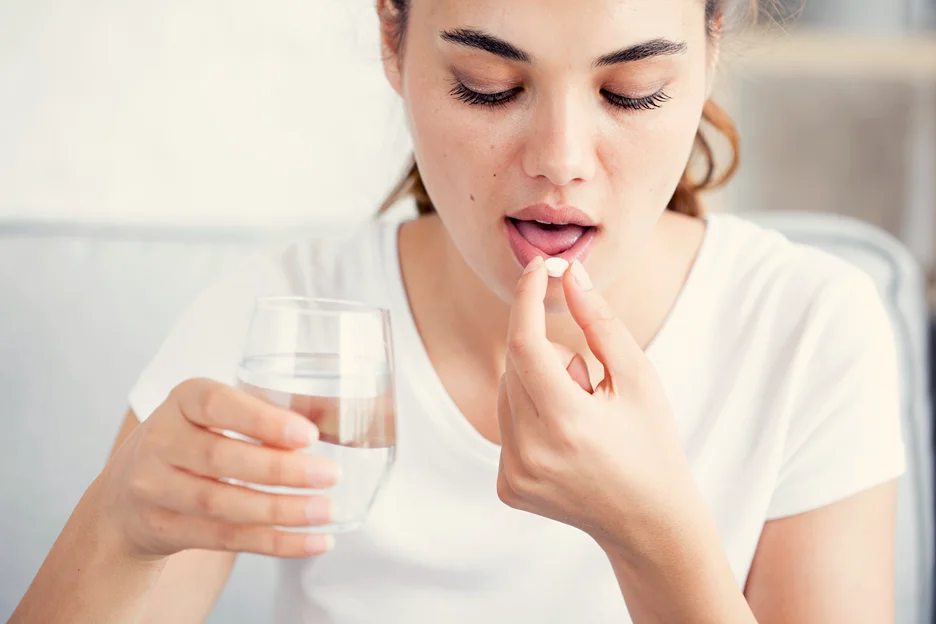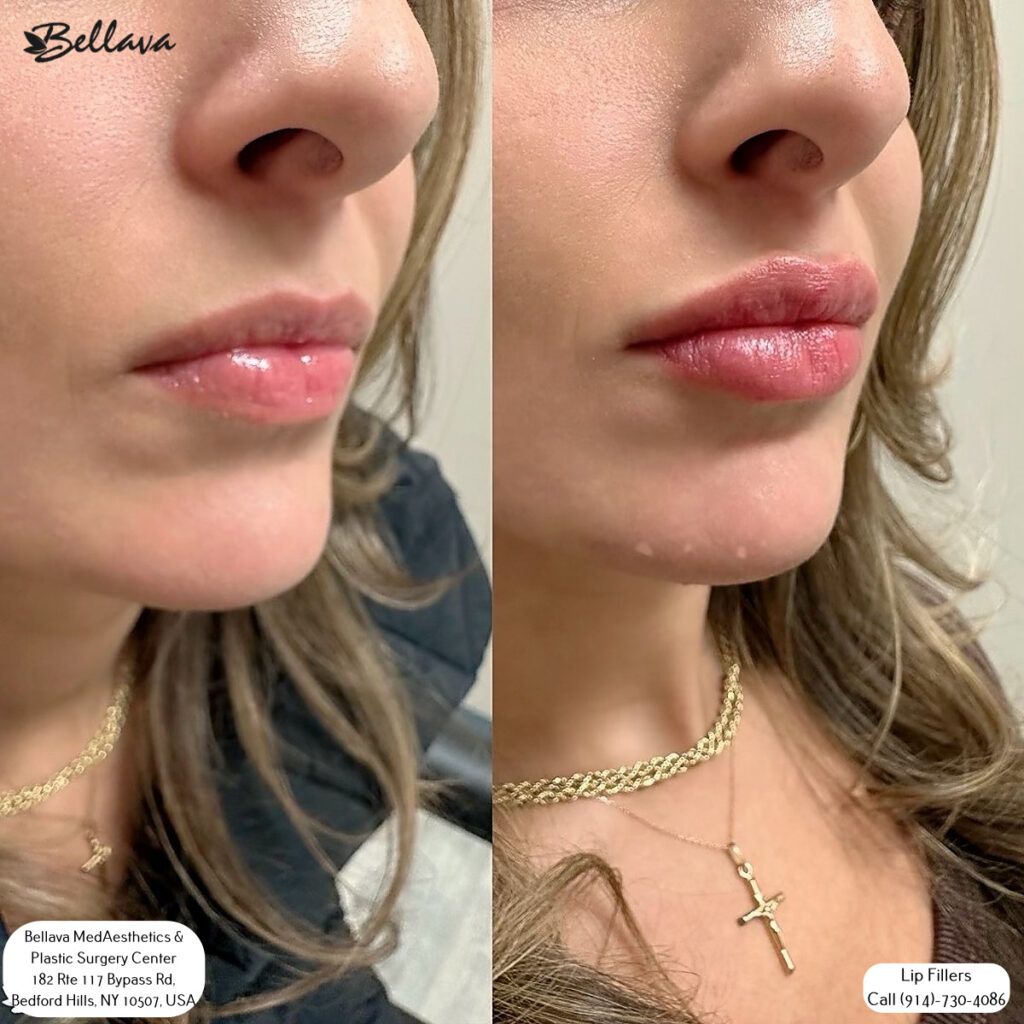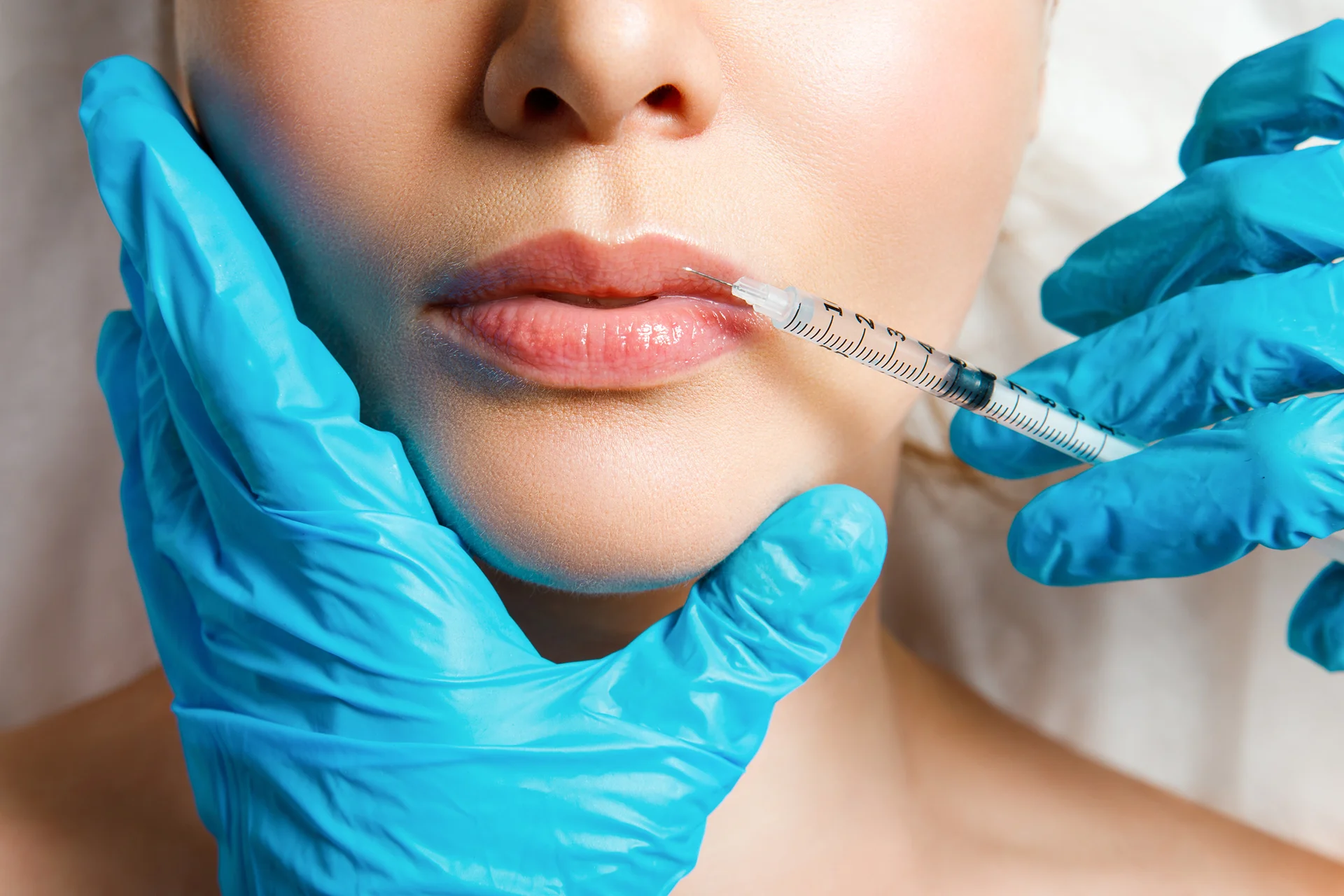Baffled about when your lip filler will fully settle? Discover the timeline and factors that influence the settling time for lip filler treatment.
Lip filler settling time varies depending on the type of filler used and injection technique. Swelling peaks in the first two weeks, with final settling typically occurring around four weeks.
Factors Affecting the Settling Time of Lip Fillers
Lip fillers, a popular cosmetic procedure designed to enhance the volume and shape of the lips, involve the injection of dermal fillers to achieve a fuller, more aesthetically pleasing appearance.
The concept of ‘settling time’ refers to the period it takes for the injected material to integrate fully with the lip tissues, allowing any swelling or bruising to subside and revealing the final outcome of the augmentation.
This process is influenced by a myriad of factors, including the type of filler used, the technique of injection, and the individual’s healing capabilities. Understanding these elements is crucial for anyone considering lip fillers, as they directly impact the effectiveness and satisfaction with the final results.
The settling time varies significantly across different types of dermal fillers. Each filler possesses unique properties that affect how quickly it blends with the natural lip tissue. For instance, hyaluronic acid fillers, known for their compatibility with the body, may settle more swiftly compared to other types.
The proficiency and approach of the clinician performing the procedure also play a critical role. Expert injection techniques ensure the filler is dispersed uniformly across the lips, promoting a smoother integration process and contributing to a more natural, appealing look post-procedure.
The body’s response to the filler, characterized by initial swelling and bruising, is a normal part of the healing process, gradually diminishing as the filler settles.
This phase underscores the importance of adhering to aftercare instructions, such as minimizing physical exertion and applying ice to reduce swelling, to facilitate a smoother and quicker settling time.
Through patience and proper care, the desired aesthetic effects begin to materialize typically between 2 to 4 weeks after the treatment, revealing the enhanced lip contours.
What’s the Timeline for Lip Filler Settling?

Typically, the first two weeks post-injection are marked by the most noticeable swelling. As this period progresses, the swelling gradually subsides, revealing the filler’s true effect on the lips’ appearance.
The complete settling of the lip fillers, where they integrate seamlessly with the lip tissue and display their intended aesthetic, is achieved around four weeks after the injection.
This period allows the hyaluronic acid to bond with the natural tissues, ensuring a smooth, natural-looking enhancement.
Understanding this timeline and the natural reactions involved is key to navigating the post-treatment phase with realistic expectations and patience.
The Immediate Effects of Lip Filler Treatment
Immediate effects of lip fillers include physiological responses—such as swelling, redness, and bruising—is crucial. These reactions aren’t only common but expected, as the body responds to the introduction of foreign materials and the physical impact of the needle.
Swelling, the most prominent reaction, occurs as the hyaluronic acid filler draws moisture to the area, temporarily exaggerating the treatment’s volume-enhancing effect.
Similarly, redness and bruising reflect the skin’s response to the mechanical action of the injections, a sign of the body’s healing mechanisms in action.
As the initial days post-treatment progress, these visual and tactile sensations will gradually subside. This natural progression towards healing underscores the importance of patience and care in the immediate post-treatment phase, ensuring the desired aesthetic outcome is achieved without complications.
Day One Post Lip Filler Treatment
Day one after receiving lip filler injections, it’s normal for patients to experience a range of side effects, including swelling, redness, and tenderness around the injection sites.
These symptoms are the body’s natural response to the treatment and are indicative of the healing process beginning. Swelling is typically most pronounced on the first day post-treatment and can make the lips appear larger than the anticipated final result.
Furthermore, some patients may notice mild bruising and asymmetry during this initial phase, which shouldn’t cause alarm. These side effects are temporary and generally subside as the lips heal and adapt to the new volume.
Day Five Post Lip Filler Treatment
By day five after your lip filler treatment, you’ll likely notice a significant reduction in swelling and bruising. Your lips may start to feel more natural and less stiff as the filler settles.
This is also when any minor bumps or asymmetry from the treatment should continue to improve.
Swelling and Bruising After Lip Fillers
By day five post lip filler treatment, the intensity of swelling and bruising should have markedly decreased, signaling the beginning of the stabilization phase where the filler starts to integrate with the lip tissue.
At this stage, it’s not uncommon for the lips to still exhibit some degree of stiffness or firmness, a direct consequence of the filler material settling within the lip tissues.
Any initially observed asymmetry or lumpiness should begin to diminish as the filler distributes more evenly and the body’s healing mechanisms continue to work.
Lip Filler Final Results
It’s at this stage that the filler material starts to integrate more fully with the lip tissue, gradually leading to the final, settled look.
This period of transformation underscores the importance of adhering to aftercare instructions provided by the practitioner, such as avoiding certain activities or applying ice to reduce swelling, which plays a pivotal role in the healing process and helps maintain the filler’s appearance and longevity.
Managing Discomfort

For ongoing discomfort management, over-the-counter pain relievers like ibuprofen not only alleviate pain but also contribute to reducing inflammation.
It’s also vital for patients to understand the normalcy of experiencing stiffness and lumpiness during this phase; these sensations indicate the filler is integrating with the lip tissue.
Over time, as the filler settles and distributes evenly, the lips will adopt a more natural appearance and feel. Throughout this period, maintaining open communication with the clinician who performed the treatment is paramount.
They can offer personalized advice, reassurance, and intervention if the healing process deviates from the expected course.
Two Weeks Post Lip Filler Treatment
Two weeks post lip filler treatment marks a significant milestone in the healing process. By this stage, the majority of the swelling and bruising typically associated with the procedure should have substantially decreased, unveiling the preliminary shape and enhanced volume of the lips.
This period is critical as the injected filler continues to integrate with the natural lip tissue, further refining the lips’ contour and texture. It’s not uncommon for patients to notice areas of firmness or slight irregularities due to the filler settling unevenly.
However, these minor concerns are often temporary and can be addressed through gentle massage or during a follow-up visit with the clinician.
Four Weeks Post Lip Filler Treatment
Reaching the four-week mark after undergoing a lip filler treatment marks a significant milestone in the recovery and transformation process.
It’s a time when the treated area has largely recovered, yet continues to undergo subtle adjustments. The core concept here revolves around the stabilization and maturation of the lip filler, where the lips begin to exhibit the intended outcomes more accurately.
Lump Causes and Solutions
These lumps, typically a normal part of the healing process, arise as the filler integrates with the tissue.
In rarer circumstances, the lumps might signal more serious issues such as infections or vascular occlusions, which could have significant health implications and hence require immediate medical intervention.
For lumps resulting from the filler material itself, such as congealed hyaluronic acid, a specialized injection of hyaluronidase can be administered by a dermatologist to dissolve the undesired filler accumulation, smoothing out the lip surface.
It underscores the importance of seeking professional advice if lumps persist or cause discomfort, ensuring that any potential complications are promptly and effectively addressed.
Managing Post-Filler Lumps
The occurrence of lumps can result from various causes, including a hematoma, which is essentially a bruise beneath the skin that creates temporary unevenness.
This condition usually resolves on its own within a few weeks. However, more persistent lumps may signal underlying issues such as an infection or vascular blockage, necessitating a consultation with a dermatologist. When the lumps are due to congealed hyaluronic acid, a substance naturally found in the body but sometimes used in excess during treatments, a specific enzyme called hyaluronidase can be injected to dissolve these unwanted accumulations.
Final Results and Long-Term Effects of Lip Fillers

During the initial weeks following the injection, the lips undergo a transformation as the swelling gradually reduces and the filler material integrates with the natural lip tissue.
This settling period, usually lasting around four weeks, is a critical phase where the injected filler starts to blend seamlessly with the lip structure, eventually revealing the final outcome of the treatment.
It’s during this time that the enhanced lips begin to take on a natural, yet visibly improved, appearance. The integration of the filler material not only contributes to the volume but also to the overall shape and definition of the lips, achieving the aesthetic goals set by the individual..


